We humans recognize that the universe is out of control–out of our control anyway–and unpredictable as well. From our point of view, that’s not good. We like to believe that we can control and predict circumstances. That is a basic illusion upon which civilization is built. We, microscopists, however, have learned “that it ain’t necessarily so.” We are constantly encountering micro-organisms that no one is in his or her right mind could have imagined. As we experiment with crystallization, we quickly realized that our attempts to predict are largely futile and misdirected. What we do learn on the positive side, however, is what a gloriously mad, mad, mad, mad world we have the privilege of living in.
Let’s start with some small bits of crystal which nature produced without any assistance from me. I have long had fascination for rutile which consists primarily of titanium dioxide. It can have different colors depending upon the matrix in which it occurs. When it’s not an inclusion, it often has either a dark gray or a reddish color. Here is an example where both appear.
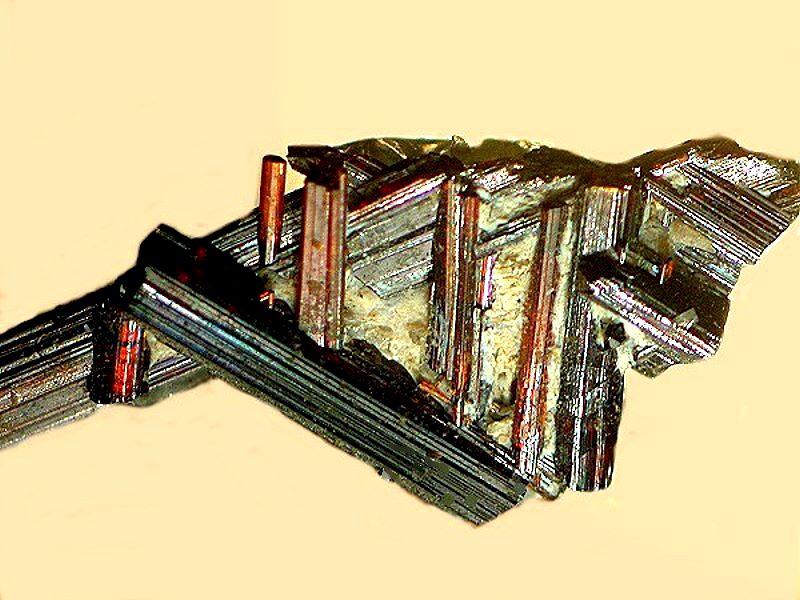
Geometry is one of nature’s specialities as we can see in the rutile and again in this tiny crystal of quartz. Its form suggests layer after layer of deposition.

In the same little box of crystal fragment is a piece which is not so geometric, but is rather prismatic and pleasing on that account.
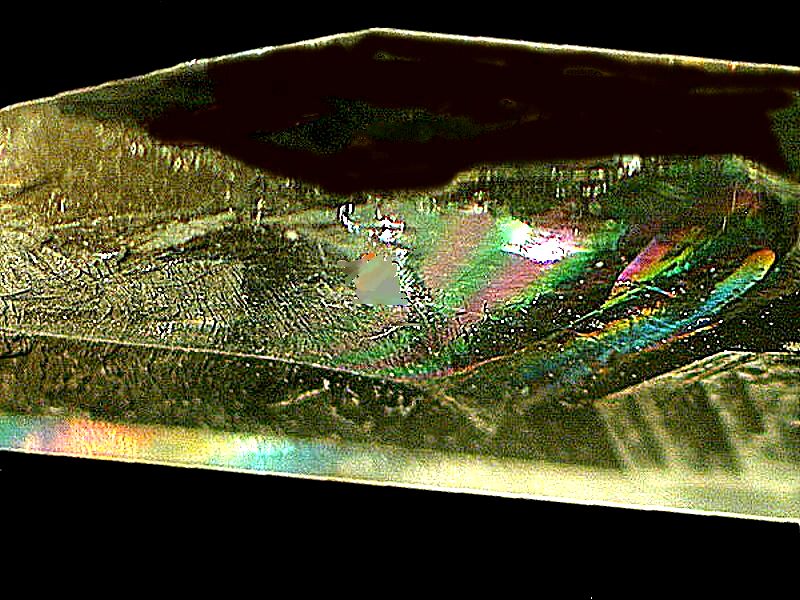
We humans are constantly looking for form in nature and we constantly idealize and project such form. Consider the lovely “heart cockle”, a small mussel shell highly prized by those with Romantic sensibilities.

Indeed it has a splendid shape, beautiful patterning, and subtle coloration. Now, think about what a human heart looks like–a great lump of bloody tissue, slimy, and overall quite revolting–not a thing of eternal beauty!!–whereas we might make such a case for the heart cockle.
For some of us, it seems that we are genetically programmed to project order on virtually everything we encounter, even though we may well know that our descriptions are fantastic or phantasmagoric.
When it comes to crystal creations and I want to be assured of geometry, I almost always turn to Magnesium chloride. I use a wide variety of mixtures and the wonderful thing is that one can get not only geometry, but splendid colors. I’ll show you a delightful series of examples here, just because I can. And I will limit my remarks to telling you the composition of the mixtures. All images were photographed using polarized light.
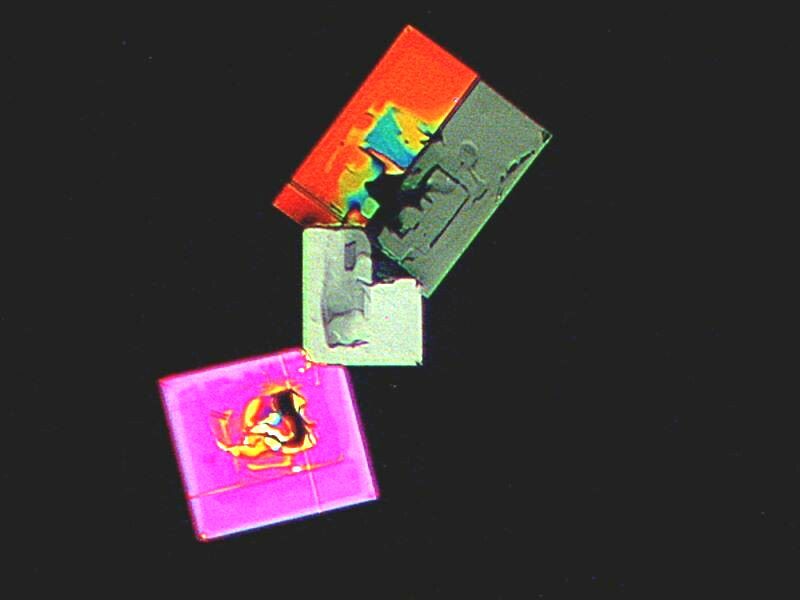
Composition: Magnesium chloride and Evans Blue
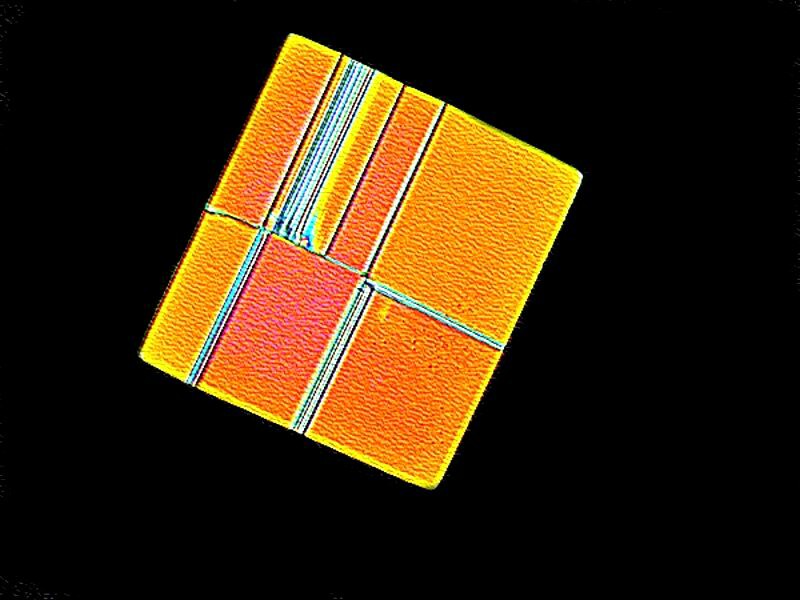
Composition: Magnesium chloride and Alka-Seltzer

Composition: Magnesium chloride, Ascorbic acid, and DAPI (a fluorochrome)
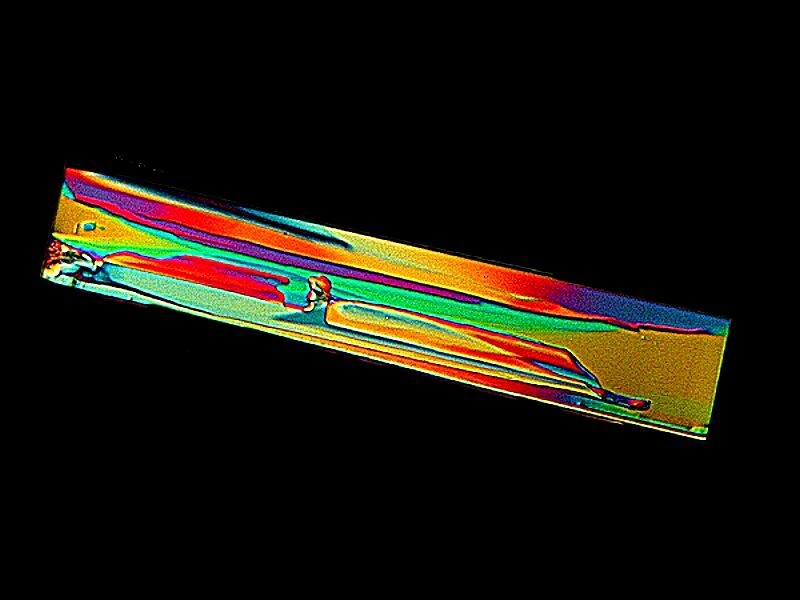
Composition: Magnesium chloride and Alka-Seltzer
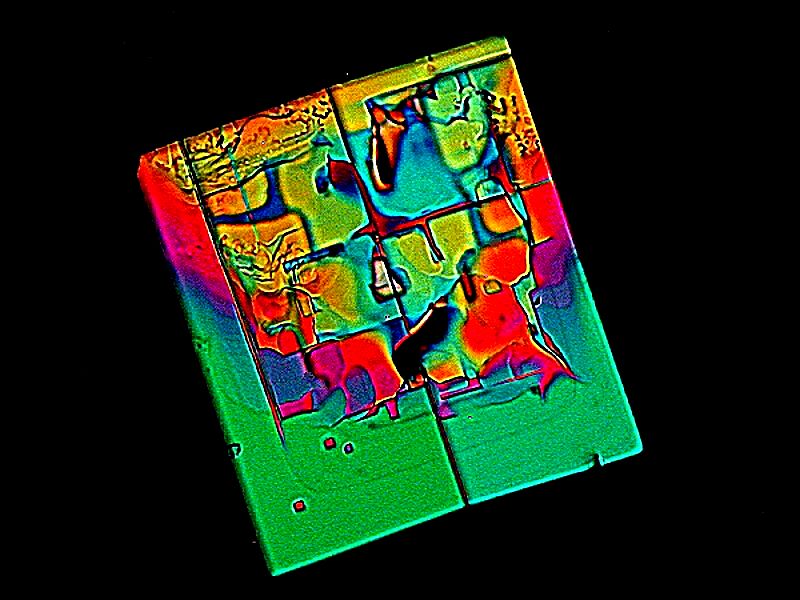
Composition: Magnesium chloride and DAPI
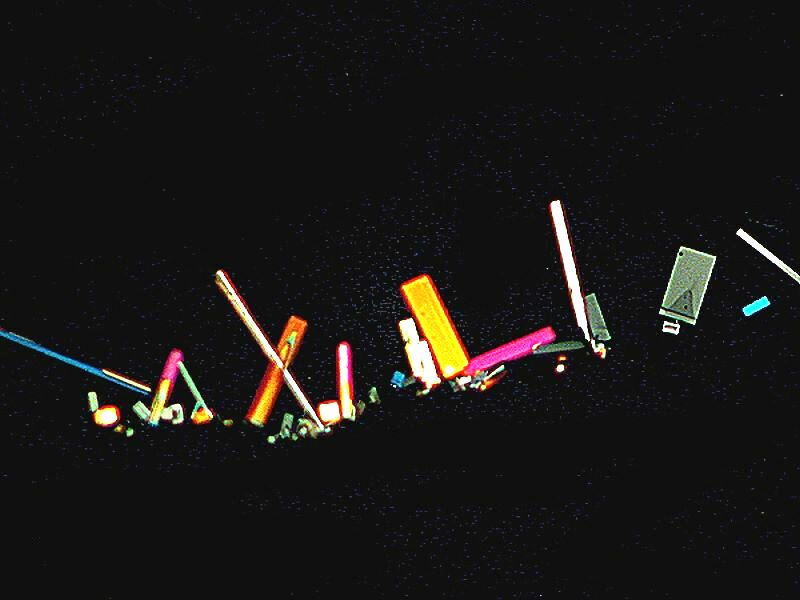
Composition: Magnesium chloride and Ascorbic acid
While not necessarily geometric, patterns do occur in crystallization slides over and over. For example, feather forms are quite common. Here are a few examples.
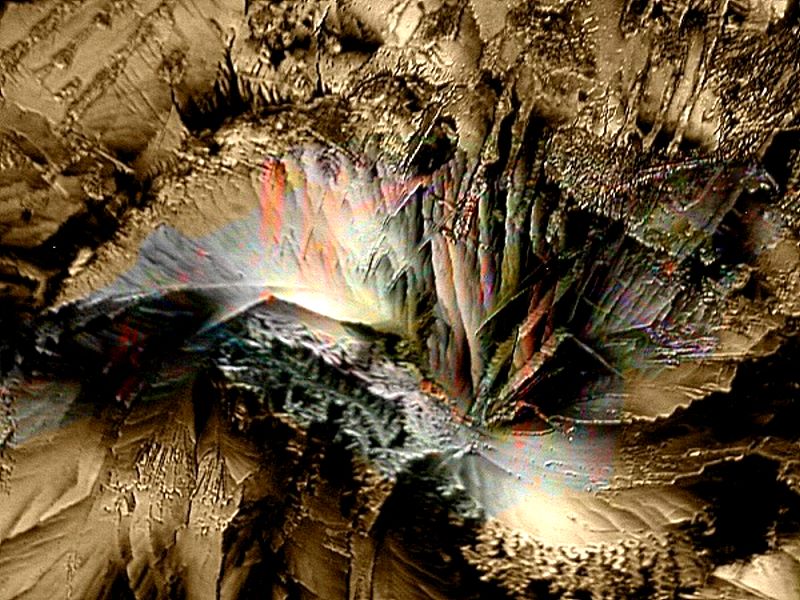
Compositon: Sucrose and Anbesol (toothache medication)
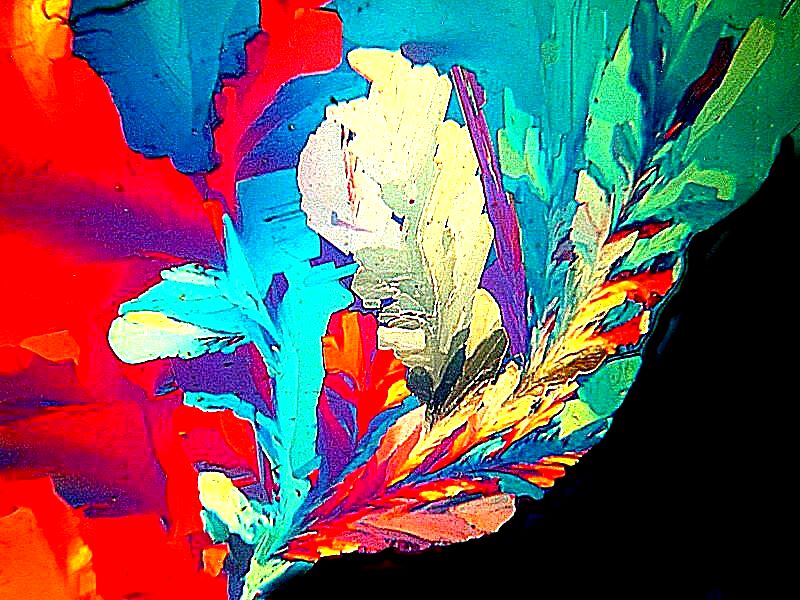
Composition: Citric acid

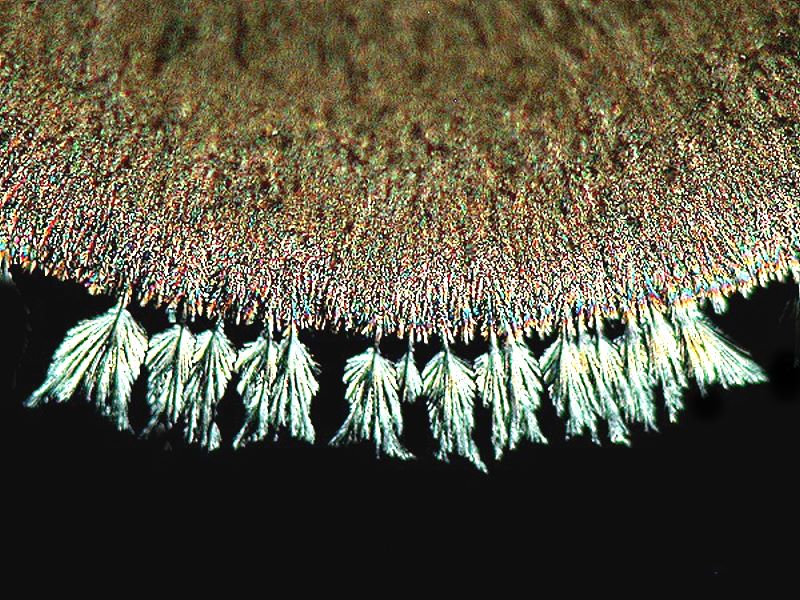
Composition: Ascorbic acid and Kanka (a liquid fungicide)
Disks are also forms that make a fairly frequent and sometimes distinguished appearance as is the case below.
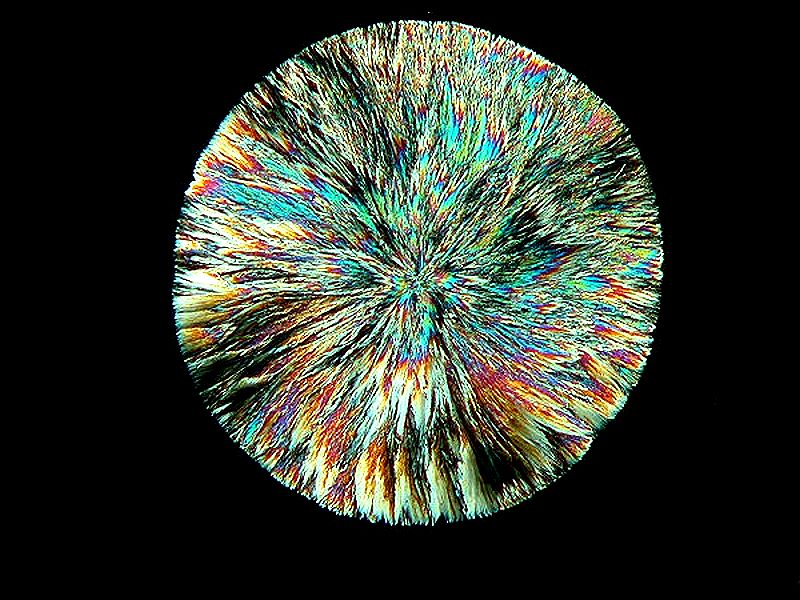
Composition: Ascorbic acid, Mercurochrome, and the biological stain Toluidine Blue
Ascorbic acid can when mixed with certain other substances produce wonderfully colored, modified disk forms. Below are two examples.
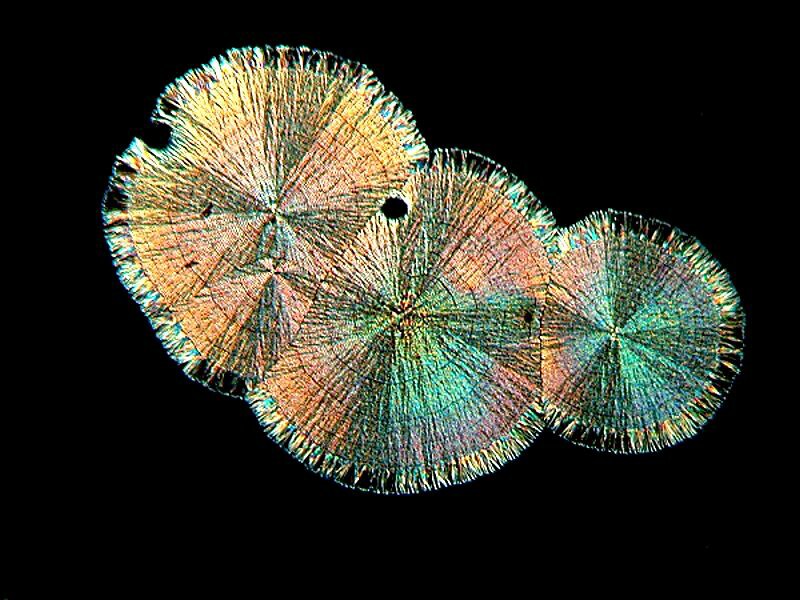
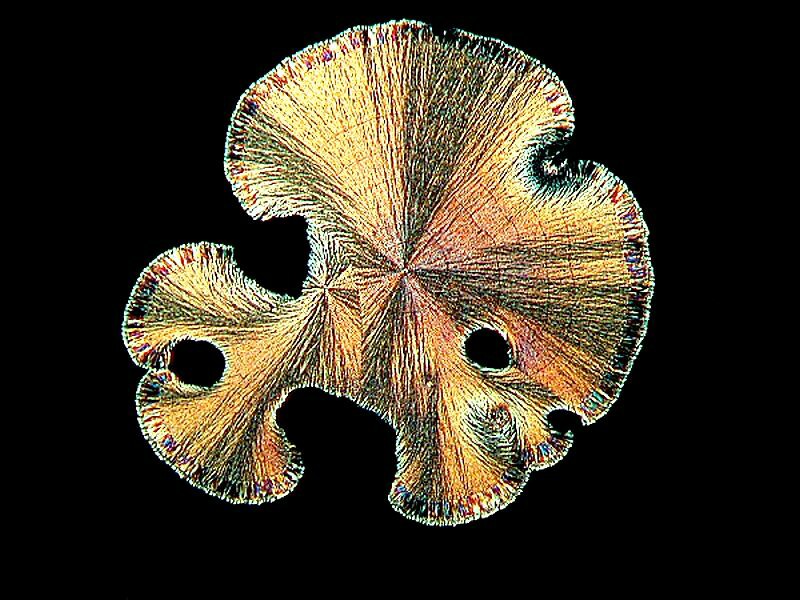
Composition: Ascorbic acid and Chloral hydrate
Ascorbic acid is an amazingly versatile substance and a delight to work with for that very reason. For a variety of personal reasons, including health considerations, I no longer experiment with melts to produce crystals. In earlier days, when I did, I got some very pleasing results with Ascorbic acid and I”ll show you my favorite example here–a wing.
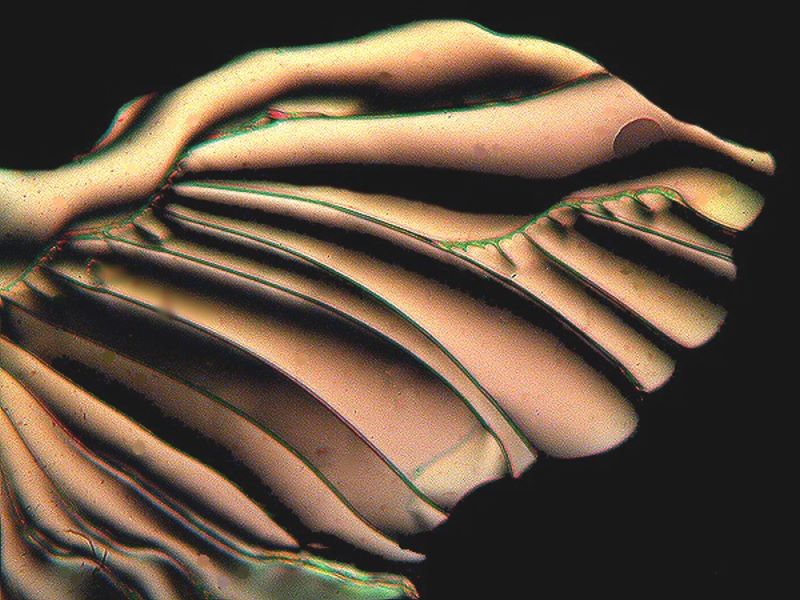
However, a huge range of crystalline images which we can capture fall into a very different set of realms: amorphous, irregular patterns, or abstract. These rouse our desired to label, categorize, and thereby create. Sometimes the image is immediately provocative, whereas other times we fell deeply challenged and even frustrated. Sometimes, we have to just sit back, sigh, and say “an interesting, puzzling image”.
Here is an example of an abstract image which is immediately suggestive to me.
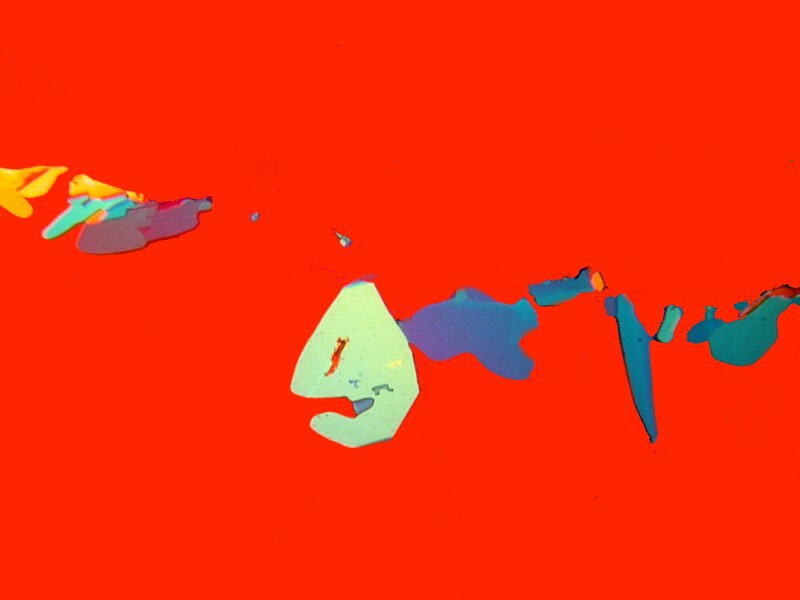
Clearly a fish (perhaps by Miro).
Composition: Ascorbic acid and Iodine
However, at other time, we have to strain, if not sprain, our verbal imagination. Here’s an example for me.
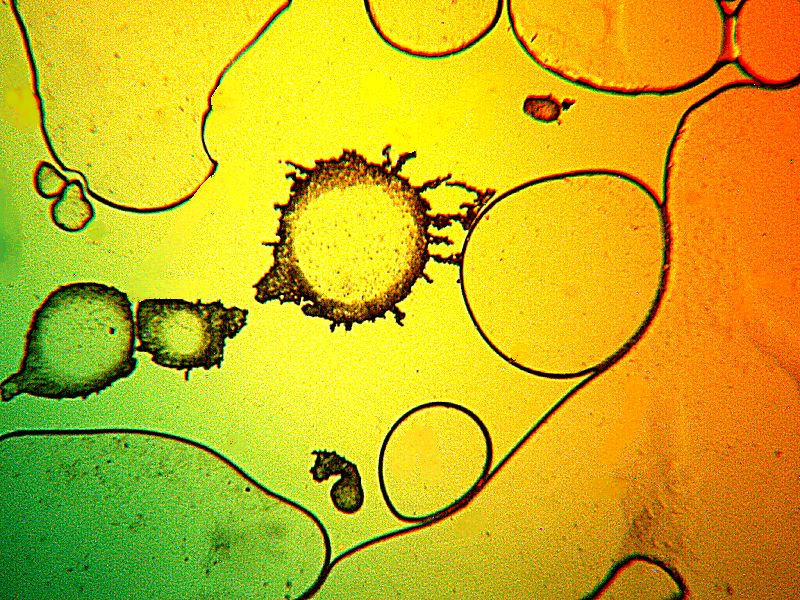
What is it? It’s a predatory neutrophil engaged in phagocytosis; in other words, it’s a predatory cell which attacks other cells and devours or voids them of content and, as you can see, this cell is certainly doing its job.
What is it really? Well, it’s bubbles which I made on a slide from the soap and glycerine liquid of a child’s bubble-blowing kit.
Next, we have a cosmic parasitic suckerfish.
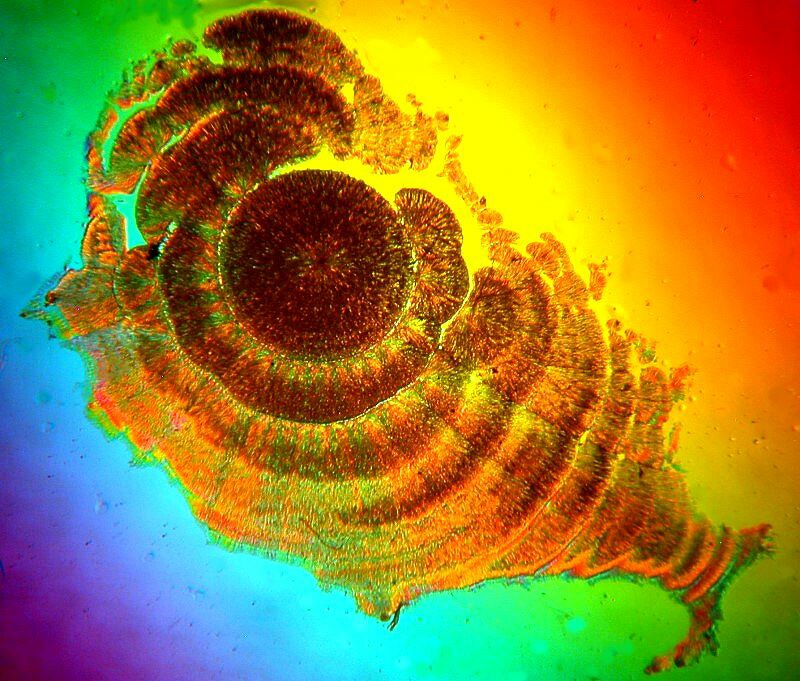
Composition: Ascorbic acid and Iodine
Now, if you thought the last one was outrageously fanciful, wait until you hear about this one–the fern-feelered shrimp! I told my wife and she said, “Whatever.” But, then she thought a minute and said that it looks like an anteater.
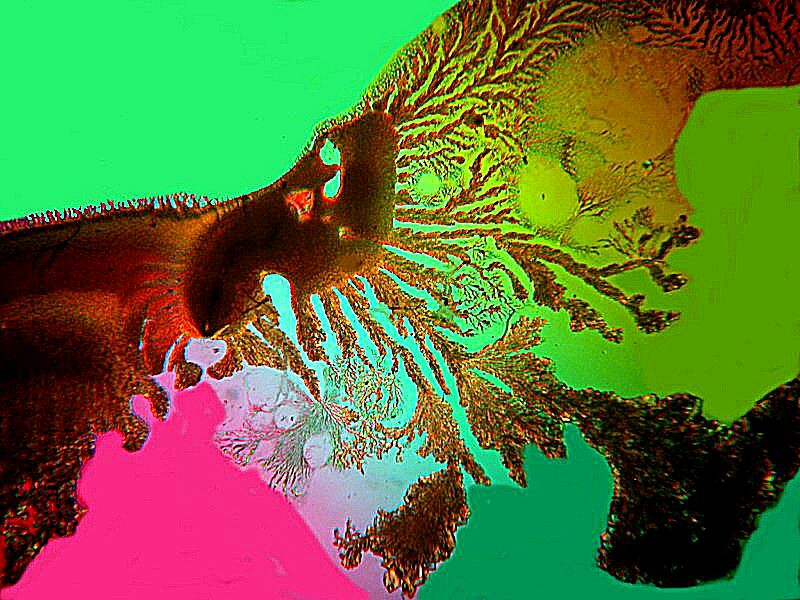
Composition: Ascorbic acid mixed with a drop of a dreadful cucumber scent cologne that a now former friend gave to me.
A couple of minutes ago, we looked at a bubble image. Well, never underestimate the power of bubbles. I’ll give you 4 examples which I think are quite provocative and I won’t even attempt to give descriptions. If you come up with some good ones, please send them along.

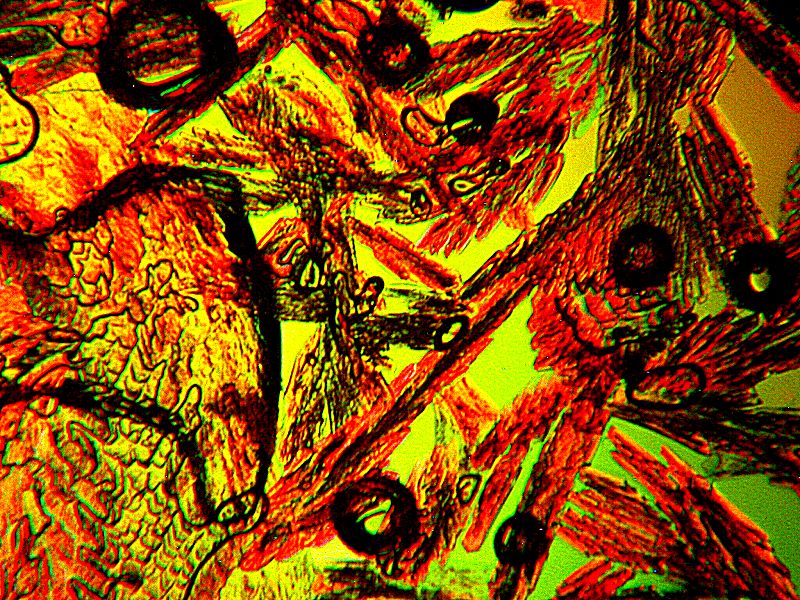
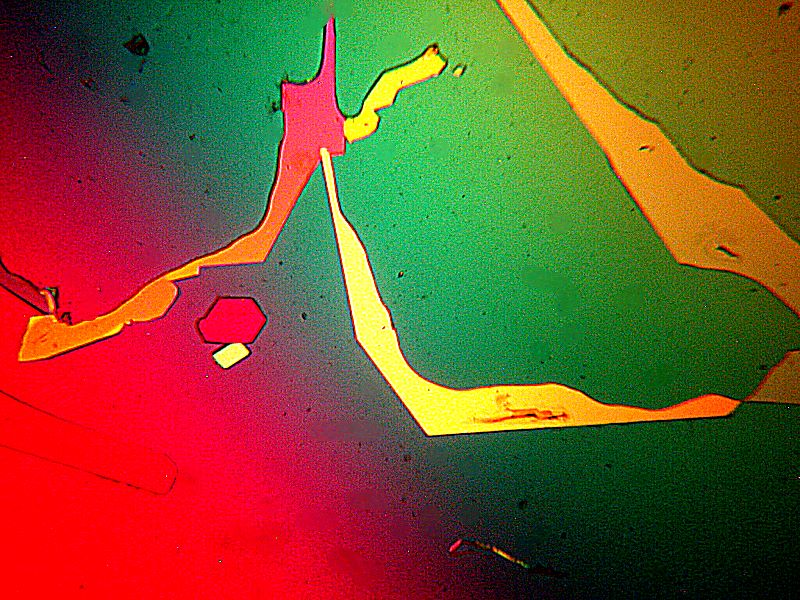
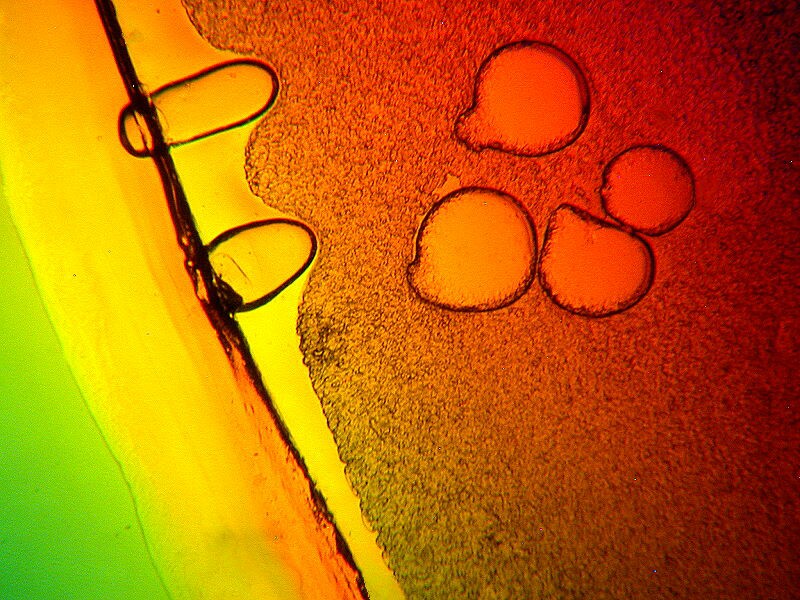
Late at night, my creativity often flags and so I sometimes rely on my wife for suggestions regarding what specific image might conjure. This next image is a great example. I looked at it again and again without a glimmer of an idea. I passed it to her and, within 10 seconds, she came up with “spider on a brass disk”. –Perfect!
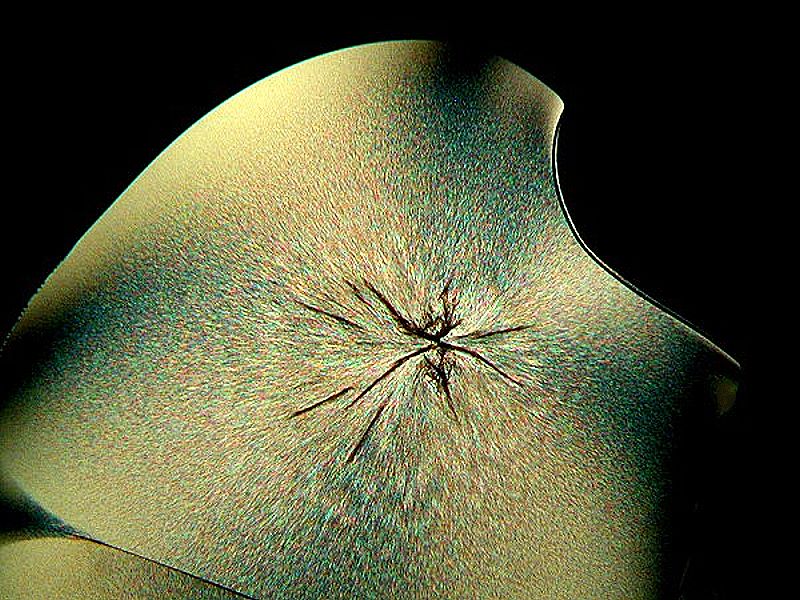
Composition: Ascorbic acid–melt
Next up, we have an alien snowflake skywalker (possibly remotely related to Luke.)
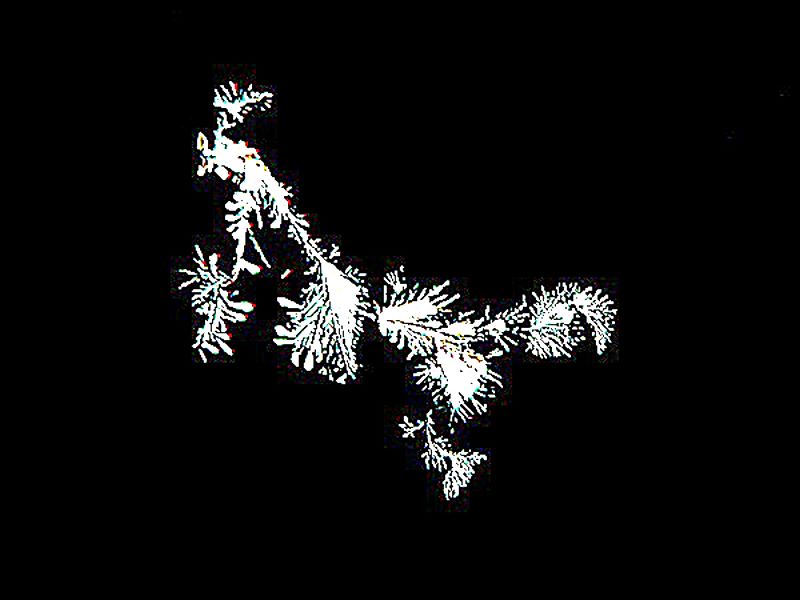
Composition: Ascorbic acid and Kanka
And now for something much more mundane–a map of Europe.
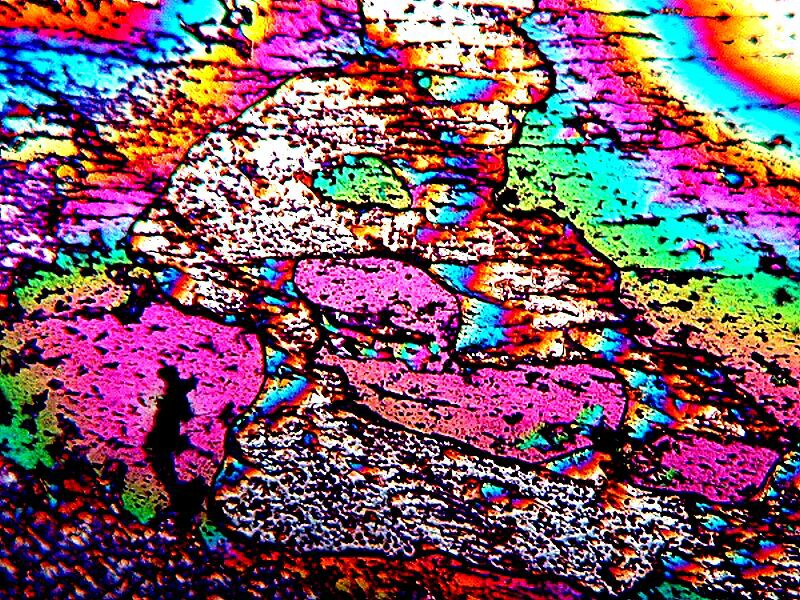
Composition: Magnesium sulfate and the biological stain Gentian Violet
Well, back out into the cosmos. Out in the Musica star system, there is a remarkably beautiful instrument called a Musica Mandolin and I just happened to get a picture of it.
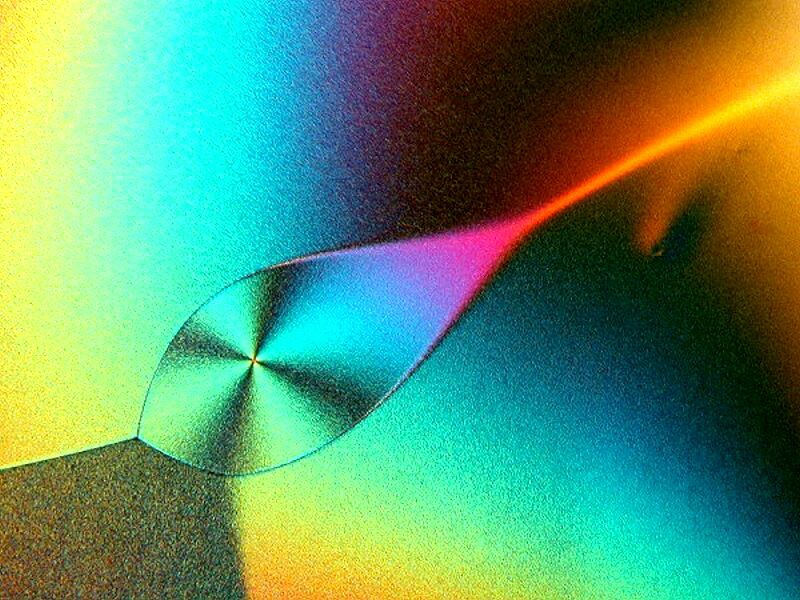
This is a planetary system on which its inhabitants love to gamble and here is one of its “nags”, “horses” which lost and it look s quite shame-faced.
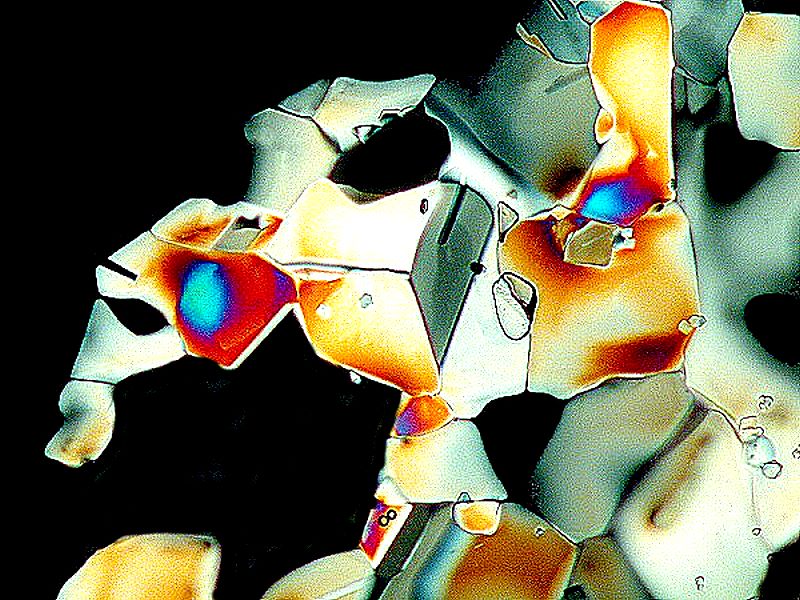
Composition: Mercurochrome and Magnesium chloride
However, I made a very shrewd bet and won one of their newest whirling space craft. This made me very happy, since I suspect it is indeed time for me to return to my lab and microscopes.
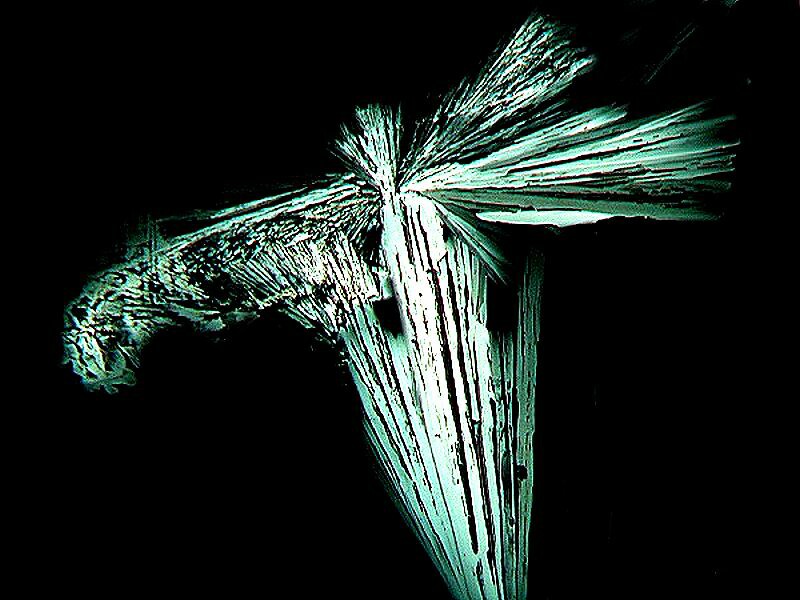
So, what was all this about? For me, it was about reminding myself of how rich and unpredictable this universe is and also a reminder of how important curiosity and imagination are, for those are two key aspects of our creativity.
All comments to the author Richard Howey are welcomed.
Editor's note: Visit Richard Howey's new website at http://rhowey.googlepages.com/home where he plans to share aspects of his wide interests.
Microscopy UK Front
Page
Micscape
Magazine
Article
Library
© Microscopy UK or their contributors.
Published in the November 2020 edition of Micscape Magazine.
Please report any Web problems or offer general comments to the Micscape Editor .
Micscape is the on-line monthly magazine of the Microscopy UK website at Microscopy-UK .
©
Onview.net Ltd, Microscopy-UK, and all contributors 1995
onwards. All rights reserved.
Main site is at
www.microscopy-uk.org.uk .